- myFICO® Forums
- FICO Scoring and Other Credit Topics
- Understanding FICO® Scoring
- Re: Utility % optimization excercise
- Subscribe to RSS Feed
- Mark Topic as New
- Mark Topic as Read
- Float this Topic for Current User
- Bookmark
- Subscribe
- Mute
- Printer Friendly Page
Utility % optimization excercise
Is your credit card giving you the perks you want?
Browse credit cards from a variety of issuers to see if there's a better card for you.
- Mark as New
- Bookmark
- Subscribe
- Mute
- Subscribe to RSS Feed
- Permalink
- Report Inappropriate Content
Utility % optimization excercise
CardOne $700.00
# Two $500.00
Three $1,900.00
Qard 4 $3,000.00
Qard 5 $3,500.00
Card 6 $2,000.00
Assume I have 2000 balance I want to carry. Assume all three higher limit cards have the same low APR. Assume roughly 100 paid to principal per month. How would you distribute it to maximize score now and as it is paid down.
My guess is 900 on 4, 1500 on 5, and 600 on 6.
Some might say, put it all on card 5.
And the real answer might be 1749 on card 5 and 251 on card 4, paying card 5 off exclusively.
Thoughts?



Do you know your SuperFICO?

- Mark as New
- Bookmark
- Subscribe
- Mute
- Subscribe to RSS Feed
- Permalink
- Report Inappropriate Content
Re: Utility % optimization excercise
For score optimization there are three factors to consider in your example as follows:
1) Aggregate utilization across all cards (which you have fixed based on $2000 total balance)
2) Utilization on individual cards
3) Number of open accounts reporting a balance.
Your total CL is $11,600 which puts you at 17% AG UT based on a $2000 balance. You would see a score boost if AG UT was under 9% (say balance $1040 or less)
For best score I would suggest the following:
a) Less than 50% of cards reporting a balance.
b) Cards that do report a balance keep utilization under 50% and preferrably 30%
I woulds go $800 on card 4 and $1200 on card 5.
If your balance were $3000 then I would suggest $1400 on card 4 and $1600 on card 5.
Fico 8: .......EQ 850 TU 850 EX 850
Fico 4 .....:. EQ 809 TU 823 EX 830 EX Fico 98: 842
Fico 8 BC:. EQ 892 TU 900 EX 900
Fico 8 AU:. EQ 887 TU 897 EX 899
Fico 4 BC:. EQ 826 TU 858, EX Fico 98 BC: 870
Fico 4 AU:. EQ 831 TU 872, EX Fico 98 AU: 861
VS 3.0:...... EQ 835 TU 835 EX 835
CBIS: ........EQ LN Auto 940 EQ LN Home 870 TU Auto 902 TU Home 950
- Mark as New
- Bookmark
- Subscribe
- Mute
- Subscribe to RSS Feed
- Permalink
- Report Inappropriate Content
Re: Utility % optimization excercise
@Thomas_Thumb wrote:For score optimization there are three factors to consider in your example as follows:
1) Aggregate utilization across all cards (which you have fixed based on $2000 total balance)
2) Utilization on individual cards
3) Number of open accounts reporting a balance.
Your total CL is $11,600 which puts you at 17% AG UT based on a $2000 balance. You would see a score boost if AG UT was under 9% (say balance $1040 or less)
For best score I would suggest the following:
a) Less than 50% of cards reporting a balance.
b) Cards that do report a balance keep utilization under 50% and preferrably 30%
I woulds go $800 on card 4 and $1200 on card 5.
If your balance were $3000 then I would suggest $1400 on card 4 and $1600 on card 5.
Interesting. You propose individual UT on only two cards of 26% and 34% whereas I proposed that in reality the best answer may be two cards with 8.3% and 49.99%



Do you know your SuperFICO?

- Mark as New
- Bookmark
- Subscribe
- Mute
- Subscribe to RSS Feed
- Permalink
- Report Inappropriate Content
Re: Utility % optimization excercise
@BallBounces wrote:CardOne $700.00
# Two $500.00
Three $1,900.00
Qard 4 $3,000.00
Qard 5 $3,500.00
Card 6 $2,000.00
Assume I have 2000 balance I want to carry. Assume all three higher limit cards have the same low APR. Assume roughly 100 paid to principal per month. How would you distribute it to maximize score now and as it is paid down.
My guess is 900 on 4, 1500 on 5, and 600 on 6.
Some might say, put it all on card 5.
And the real answer might be 1749 on card 5 and 251 on card 4, paying card 5 off exclusively.
Thoughts?
I would have all cards at 18%.... then reduce them from there.

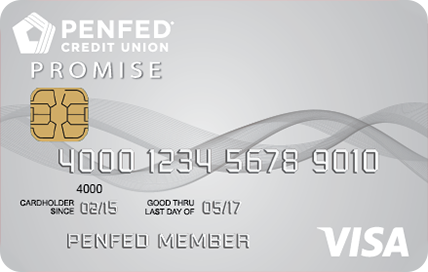

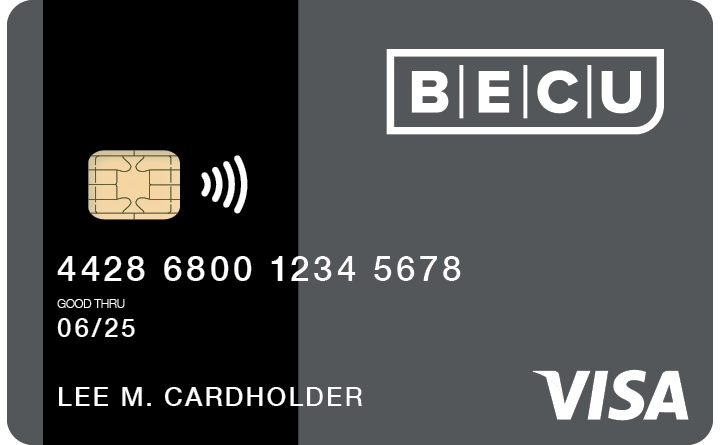
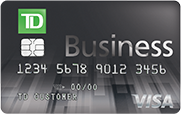







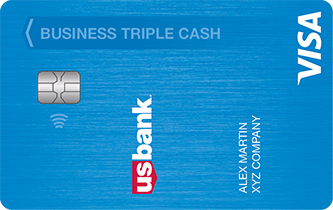

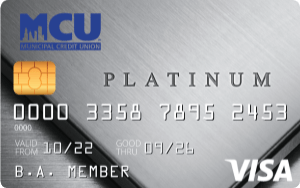
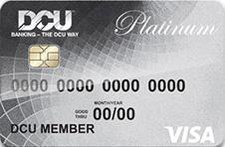




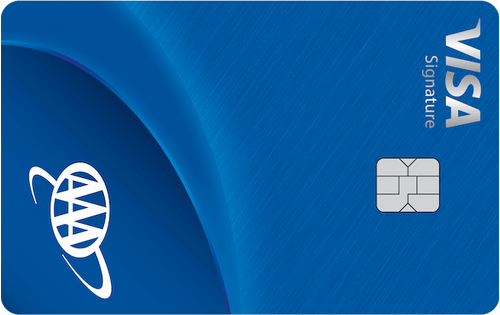

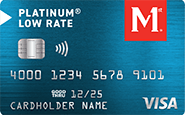
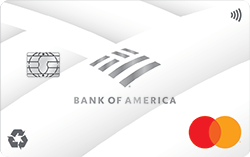


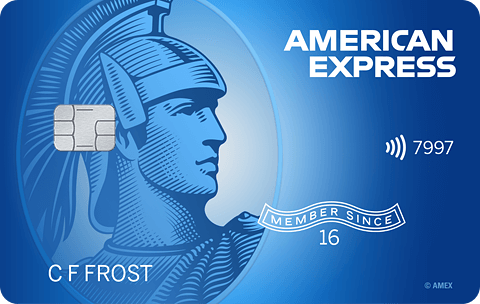
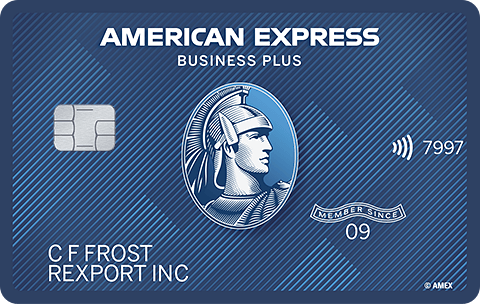



Total revolving limits 569520 (505320 reporting) FICO 8: EQ 689 TU 691 EX 682
- Mark as New
- Bookmark
- Subscribe
- Mute
- Subscribe to RSS Feed
- Permalink
- Report Inappropriate Content
Re: Utility % optimization excercise
@SouthJamaica wrote:
@BallBounces wrote:CardOne $700.00
# Two $500.00
Three $1,900.00
Qard 4 $3,000.00
Qard 5 $3,500.00
Card 6 $2,000.00
Assume I have 2000 balance I want to carry. Assume all three higher limit cards have the same low APR. Assume roughly 100 paid to principal per month. How would you distribute it to maximize score now and as it is paid down.
My guess is 900 on 4, 1500 on 5, and 600 on 6.
Some might say, put it all on card 5.
And the real answer might be 1749 on card 5 and 251 on card 4, paying card 5 off exclusively.
Thoughts?
I would have all cards at 18%.... then reduce them from there.
Ahh, but many believe that having less than 50% (or 33%, or some other number) reporting any balance is also a calculation taken in to score consideration.
My file is not clean enough to test or I would try all 4 or 5 options described here. It would be relatively easy to do.



Do you know your SuperFICO?

- Mark as New
- Bookmark
- Subscribe
- Mute
- Subscribe to RSS Feed
- Permalink
- Report Inappropriate Content
Re: Utility % optimization excercise
@BallBounces wrote:
@SouthJamaica wrote:
@BallBounces wrote:CardOne $700.00
# Two $500.00
Three $1,900.00
Qard 4 $3,000.00
Qard 5 $3,500.00
Card 6 $2,000.00
Assume I have 2000 balance I want to carry. Assume all three higher limit cards have the same low APR. Assume roughly 100 paid to principal per month. How would you distribute it to maximize score now and as it is paid down.
My guess is 900 on 4, 1500 on 5, and 600 on 6.
Some might say, put it all on card 5.
And the real answer might be 1749 on card 5 and 251 on card 4, paying card 5 off exclusively.
Thoughts?
I would have all cards at 18%.... then reduce them from there.
Ahh, but many believe that having less than 50% (or 33%, or some other number) reporting any balance is also a calculation taken in to score consideration.
My file is not clean enough to test or I would try all 4 or 5 options described here. It would be relatively easy to do.
I am surprised that this would be easy to do. How do you move the $2000 from card to card easily without racking up BT fees? I saw in your first post that you are carrying this $2000, so paying it off sounds out of the question.
- Mark as New
- Bookmark
- Subscribe
- Mute
- Subscribe to RSS Feed
- Permalink
- Report Inappropriate Content
Re: Utility % optimization excercise
@Anonymous wrote:
@BallBounces wrote:
@SouthJamaica wrote:
@BallBounces wrote:CardOne $700.00
# Two $500.00
Three $1,900.00
Qard 4 $3,000.00
Qard 5 $3,500.00
Card 6 $2,000.00
Assume I have 2000 balance I want to carry. Assume all three higher limit cards have the same low APR. Assume roughly 100 paid to principal per month. How would you distribute it to maximize score now and as it is paid down.
My guess is 900 on 4, 1500 on 5, and 600 on 6.
Some might say, put it all on card 5.
And the real answer might be 1749 on card 5 and 251 on card 4, paying card 5 off exclusively.
Thoughts?
I would have all cards at 18%.... then reduce them from there.
Ahh, but many believe that having less than 50% (or 33%, or some other number) reporting any balance is also a calculation taken in to score consideration.
My file is not clean enough to test or I would try all 4 or 5 options described here. It would be relatively easy to do.
I am surprised that this would be easy to do. How do you move the $2000 from card to card easily without racking up BT fees? I saw in your first post that you are carrying this $2000, so paying it off sounds out of the question.
I should not have said "relatively easy". I probably should have said "feasible" or maybe even "possible". Also:
1) this is somewhat theoretical.
2) All my current balances (as they sit) are on 0 APRs. I also have a 0 Balance 0 APR card. "Low APR" ![]()
3) I have enough monthly spend that I think I could effectively redistrubute 2000, or most of 2000 if I tried, in a month via payments to cards and charges.
4) I could pay off the balance today if I had to.
Do you, CGiD, think it is better to have many/all cards under 30%, one card under 10% and one under 50%, or One card under 40% and One card under 30%?



Do you know your SuperFICO?

- Mark as New
- Bookmark
- Subscribe
- Mute
- Subscribe to RSS Feed
- Permalink
- Report Inappropriate Content
Re: Utility % optimization excercise
One card under 30% and one card under 40%.
There are three factors associated with CC balances:
(a) Total utilization
(b) Individual or "per-card" utilization
(c) Number of cards with a positive balance
Factor (A) is going to be the same in any of the scenarios as you described them. So the issue is minimizing the combined penalty of B and C.
Personally I have never seen evidence of (B) mattering except when it gets REALLY high. So, as long as you keep a card below 50%, then I would guess (B) creates a zero penalty. And even more so with a card under 40%.
So the penalty for (A) is fixed, you can reduce the penalty for (B) to zero, and the remaining task is to reduce the penalty for (C). Best strategy given the constraints of the problem situation is two cards with a balance and with both cards as low as possible on per card U.
One small interesting point: FICO rounds up, and there has been some anecdotal evidence that the models initiate penalties using Base-10 arithmetic. Thus, for example, FICO may inflict a small "total U" penalty at 10%. But since 9.001% is rounded up to 10%, it's better to keep your total U < 8.99%. Similarly, if I was trying to keep a particular card at under (say) 50%, then I would personally aim for < 48.99%.
Final thought (speculative):
I think it is quite possible that the breakpoints for (B) are not set in stone, but are influenced partly by what your value for (A) is. In other words, if you always keep your total U at 1-5%, then it's quite possible that you can get away with your individual cards being 78% with no penalty But a person who has a 32% total may begin to get penalized when any card crosses 50% (say). In your thought experiment your total U was < 18.9% (still moderately low) so I doubt that FICO would give you a per card penalty as long as every card was under 39%.
- Mark as New
- Bookmark
- Subscribe
- Mute
- Subscribe to RSS Feed
- Permalink
- Report Inappropriate Content
Re: Utility % optimization excercise
Awesome stuff. Thanks all.



Do you know your SuperFICO?

- Mark as New
- Bookmark
- Subscribe
- Mute
- Subscribe to RSS Feed
- Permalink
- Report Inappropriate Content
Re: Utility % optimization excercise
@BallBounces wrote:
@BallBounces wrote:
Ahh, but many believe that having less than 50% (or 33%, or some other number) reporting any balance is also a calculation taken in to score consideration.
My file is not clean enough to test or I would try all 4 or 5 options described here. It would be relatively easy to do.
I should not have said "relatively easy". I probably should have said "feasible" or maybe even "possible". Also:
1) this is somewhat theoretical.
2) All my current balances (as they sit) are on 0 APRs. I also have a 0 Balance 0 APR card. "Low APR"
3) I have enough monthly spend that I think I could effectively redistrubute 2000, or most of 2000 if I tried, in a month via payments to cards and charges.
4) I could pay off the balance today if I had to.
Do you, CGiD, think it is better to have many/all cards under 30%, one card under 10% and one under 50%, or One card under 40% and One card under 30%?
The more important data to understand will be: What month does each of the cards go off the 0% APR? Then, what you do, you leave the balances exactly where they are to not incur any BT fees, you pay the balances as heavily as you can with the objective that when each card 0% APR expires, it has no or virtually no balance left to incur any interest. If some major card balance is expiring soon, and you have another card with a good CL and low balance, you can consider paying off that low balance to make room to BT the other balance in, to save interest cost.
And I would suggest you don't worry about the FICO score. At all. Because if your file is not clean, your results will be unpredicable when you try to manage a balance like this anyway. Best to just focus on saving the interest cost, and reducing BT fees, not juggling balances to incur BT fees and run balances to cards that are not 0% APR.
You are on the right track to ask about what your options are, I'm just proposing that your focus should be on $ ![]()
Oct 2014 $46k on $127k 36% util EQ 722 TU 727 EX 727
April 2018 $18k on $344k 5% util EQ 806 TU 810 EX 812
Jan 2019 $7.6k on $360k EQ 832 TU 839 EX 831
March 2021 $33k on $312k EQ 796 TU 798 EX 801
May 2021 Paid all Installments and Mortgages, one new Mortgage EQ 761 TY 774 EX 777
April 2022 EQ=811 TU=807 EX=805 - TU VS 3.0 765
